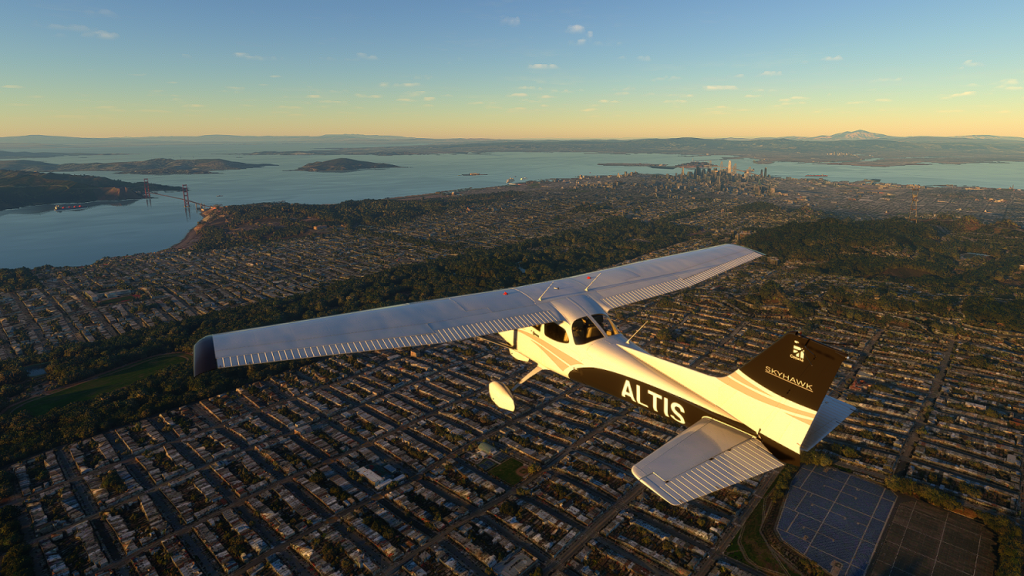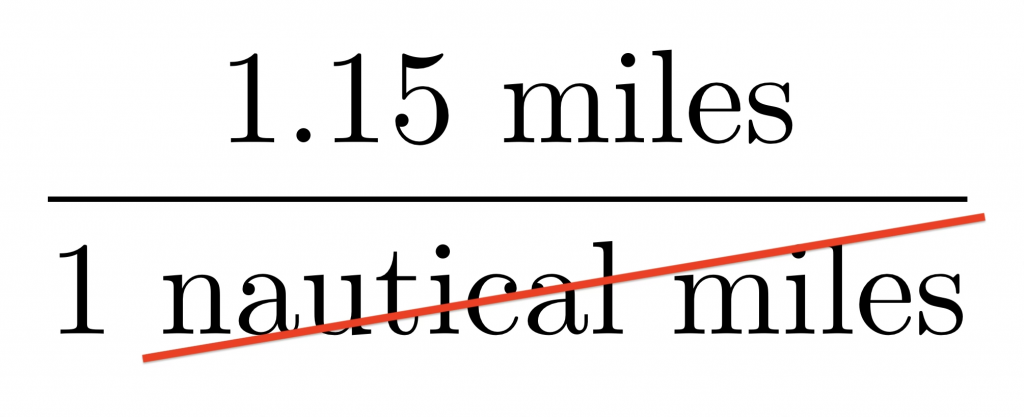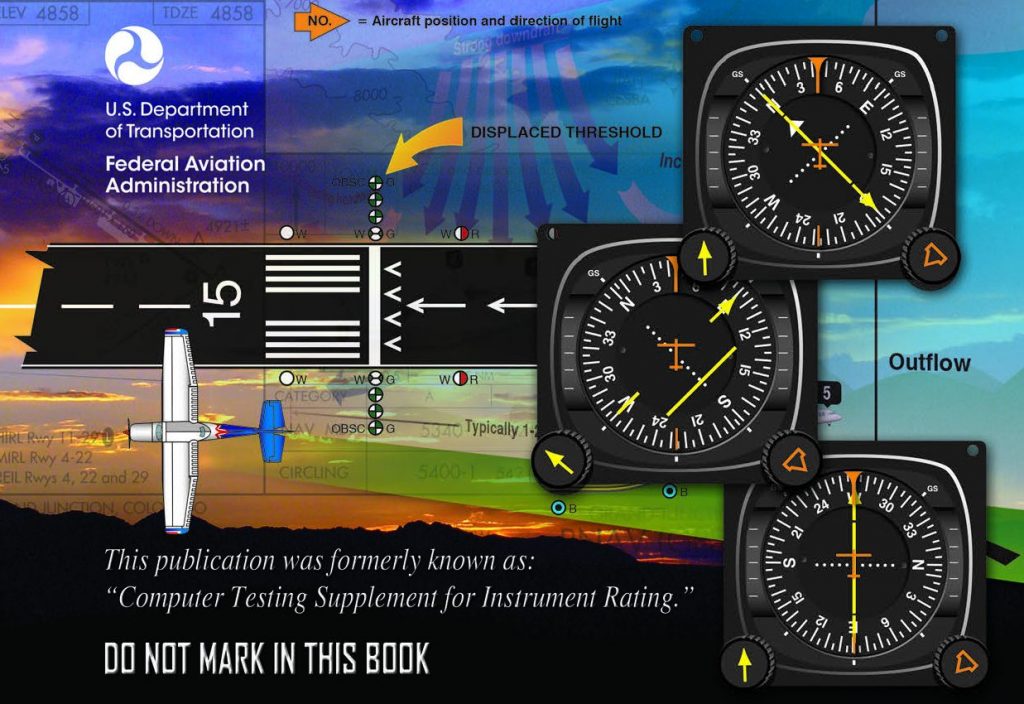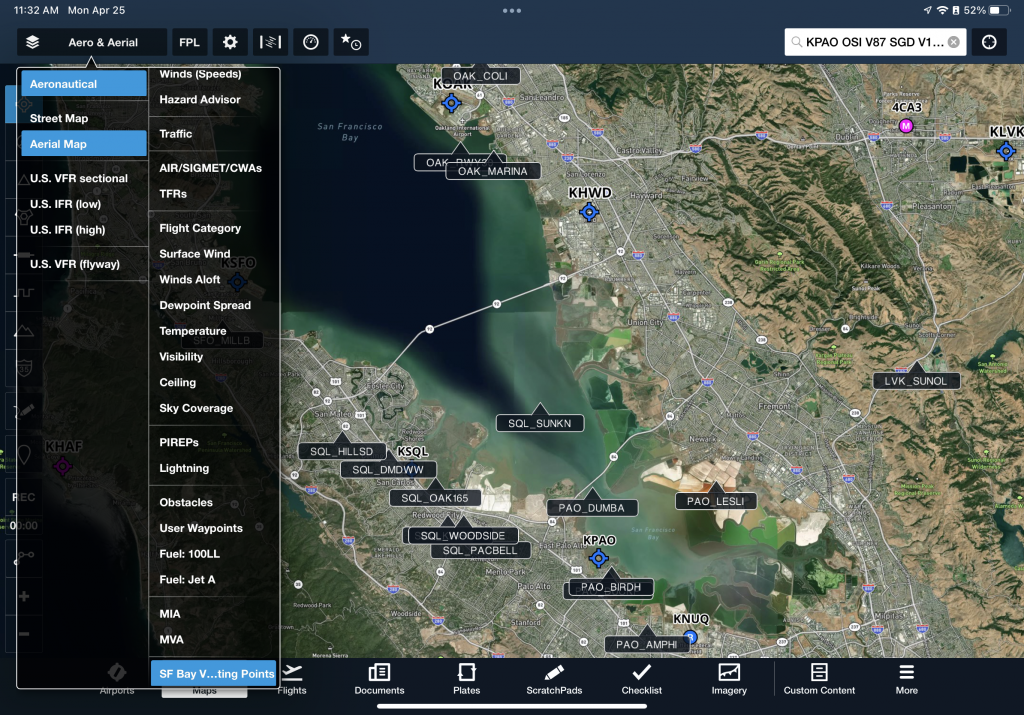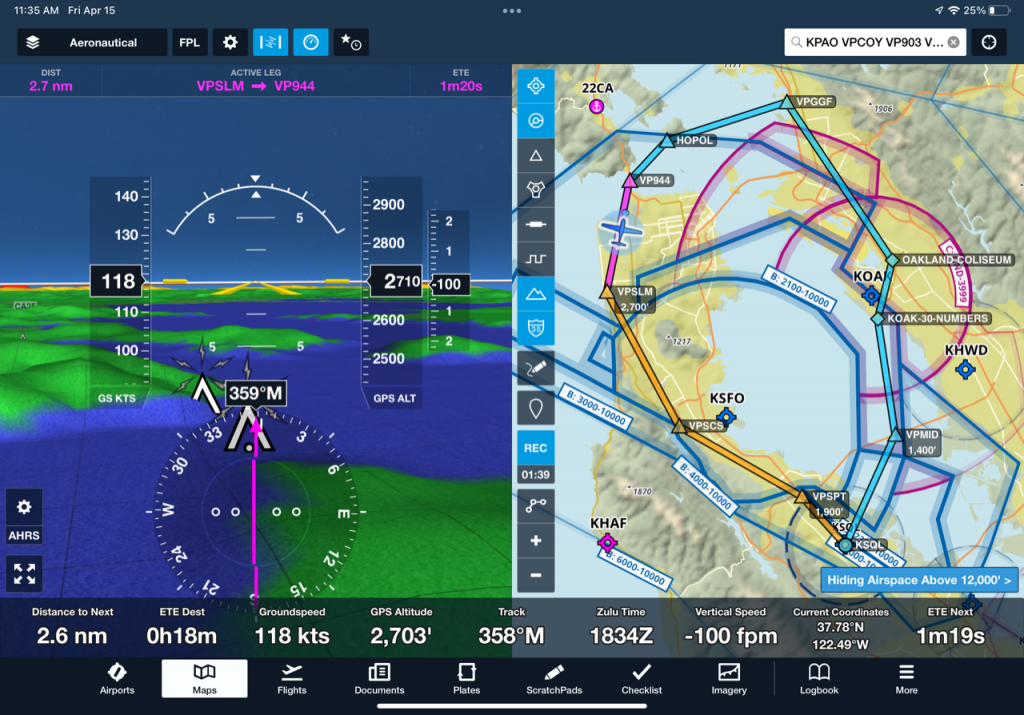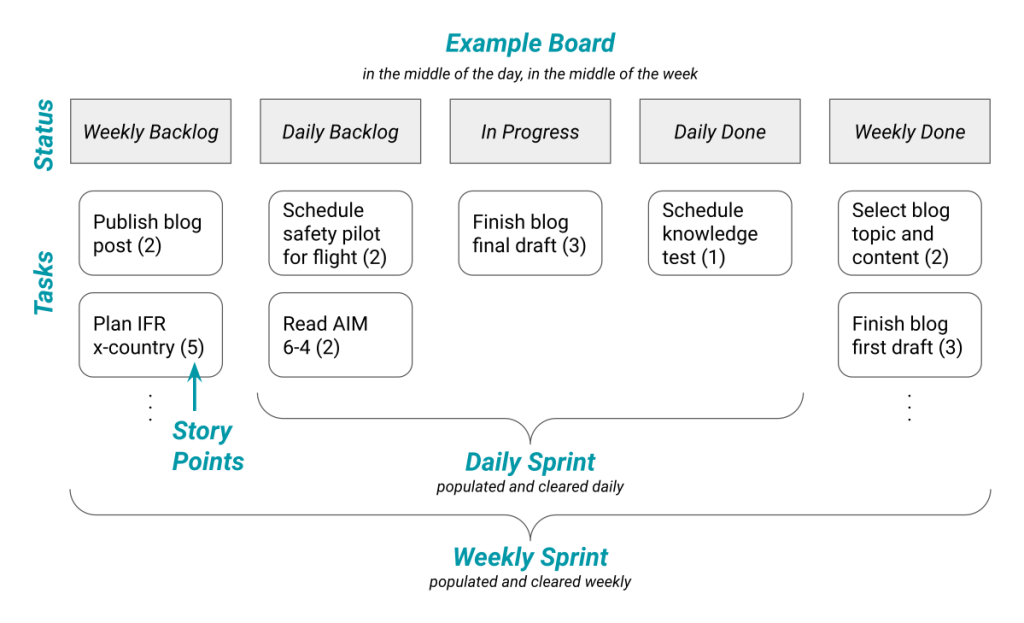Wanted: Earlier Go-Arounds, More Go-Arounds
how complacency can erode safety margins
I didn’t have ‘runway excursion’ on my personal bingo card for 2024. Some of the reasons it happened were pretty mechanical, like my student needing more right rudder in landing. Some are more subtle, like complacency and not adjusting to changing circumstances.
What I (and hopefully now others) learned from this experience is how we can unconsciously erode our safety margins.
Wanted: Earlier Go-Arounds, More Go-Arounds
how complacency can erode safety marginsRead More »
